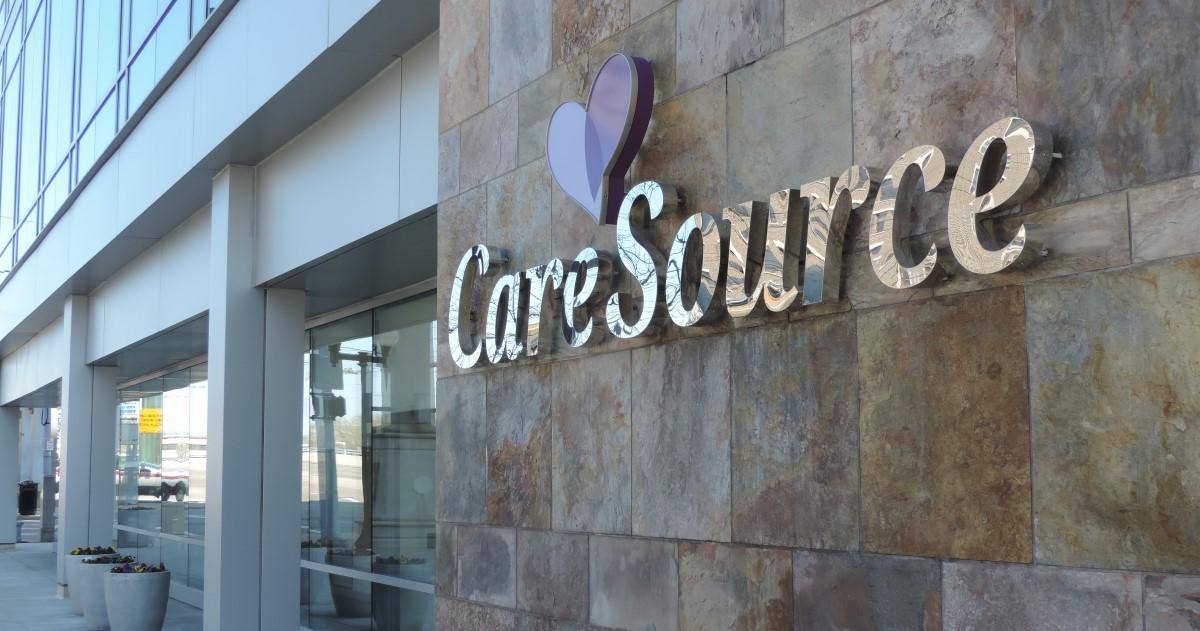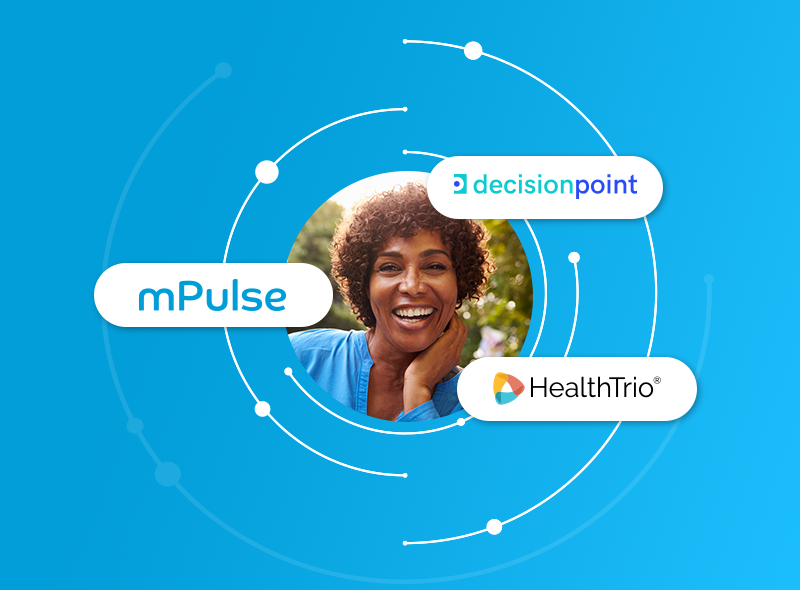COVID-19 Accelerating Digital Engagement
It is no secret that COVID-19 has changed the way healthcare communication is delivered to consumers. The uncertain nature of the pandemic has forced healthcare organizations to incorporate digital strategies to continuously update their members on important COVID-19 information. Just this year, health plans have had to respond to the new mandate requiring reimbursements for at-home COVID-19 tests.
Gaps remain in other facets of COVID-19 communication, like driving behavior change to increase vaccinations. Across the country, states are seeing lower vaccination rates among Medicaid beneficiaries. In California, the Department of Health Care Services (DHCS) released a January 2022 report indicating that 81% of the general population had received one dose of a COVID vaccine compared to only 54% of Medi-Cal (California’s Medicaid program) beneficiaries. Significant disparities in vaccination completion such has this have developed in states beyond California as well.
CareSource, an Ohio-based managed care plan offering insurance coverage to vulnerable populations across five states, recognized a similar disparity in their diverse member population and sought a solution. Traditional methods of engaging members had failed to produce desired results, creating an opportunity to incorporate a new approach in their outreach efforts. The plan partnered with us to implement conversational outreach and streaming health education into their COVID-19 vaccine program strategy.
Here’s some key takeaways from the program along with strategies that health plans can adopt to drive vaccine engagement.
Strategies That Personalize Outreach
Delivering vital information about vaccines becomes more difficult when using a one-size-fits-all approach to communicating with vulnerable members. A successful COVID-19 outreach program requires personalized interactions with members to inspire healthier actions. CareSource identified a need to activate hard-to-reach consumers and sought a tool to tailor engagement based of range of factors including health beliefs.
The plan leveraged our robust technology platform and Natural Language Understanding capabilities, which enabled tailored engagement through 25 SMS workflows, 1 Secure Survey, and 1 streaming video.
We helped deploy SMS surveys to assess individual vaccine readiness levels, and members were assigned one of three personas based on their responses: Ready, Unsure, and Nonbeliever. Developing personas enables plans to tailor messaging according to personalized interactions with members to inspire healthier actions each member’s preferences and self-reported barriers. Messaging must be intentional and sensitive to inspire paradigm shifts for unvaccinated members or members who have no plans to get vaccinated.
Behavior science informs every communication we send, and this program was no different. An effective behavioral science strategy in the CareSource program was giving members Social Proof, which comes from the Social Determination Theory and suggests that people are motivated by feelings of competence and relatedness. Through the texting channel, members were sent a streaming video, “My Why,” which highlights a diverse range of people explaining their personal reasons for getting vaccinated. Plans can inspire confidence and healthier actions just by making members feel as though they are not alone.
Another behavior science strategy employed in the program was Authority, which is using trusted health experts to improve education, drive health literacy and reduce barriers like misinformation. Using sources like the CDC can ease doubt and motivate members to reconsider personal health beliefs that may contribute to vaccine hesitancy.
CareSource provided zip code data, which we used to further tailor conversations based on socioeconomic factors. Providing members with personalized, familiar interactions gives the member a voice and drives self-efficacy.
By incorporating behavioral science and SDOH into their COVID-19 engagement strategy, CareSource was able to tailor conversations and streaming educational content at scale. Social determinants of health (SDOH) can play an integral role in tailoring messaging to each individual inspiring vaccine readiness.
Innovation That Drives Outcomes
We sent a total of 4 million SMS messages and delivered over 3 million automated dialogues to 664,000 members. The program yielded nearly a 15% engagement rate, an increase from traditional rates of 8-10%. Of the members who received a first dose, 81% reported they would follow through to get a second dose. By the end of the program, 57,000 of the 107,000 “Unsure” members moved into the “Ready” persona.
Each member response led to additional tailoring, with automated responses covering topics like variants, availability, cost, fear/anxiety, effectiveness, and side effects. Upon conducting 30-day and 90-day reviews of the program, common themes were uncovered within each member persona. Gathering insights from member interactions can help influence future vaccine engagement programs and ensure that each conversation is tailored to drive the best results.
As companies focus on highly tailored engagement, scalable intelligent capabilities are required. CareSource has demonstrated the potential for Conversational AI outreach and streaming health education to drive healthier actions and meaningful outcomes.












